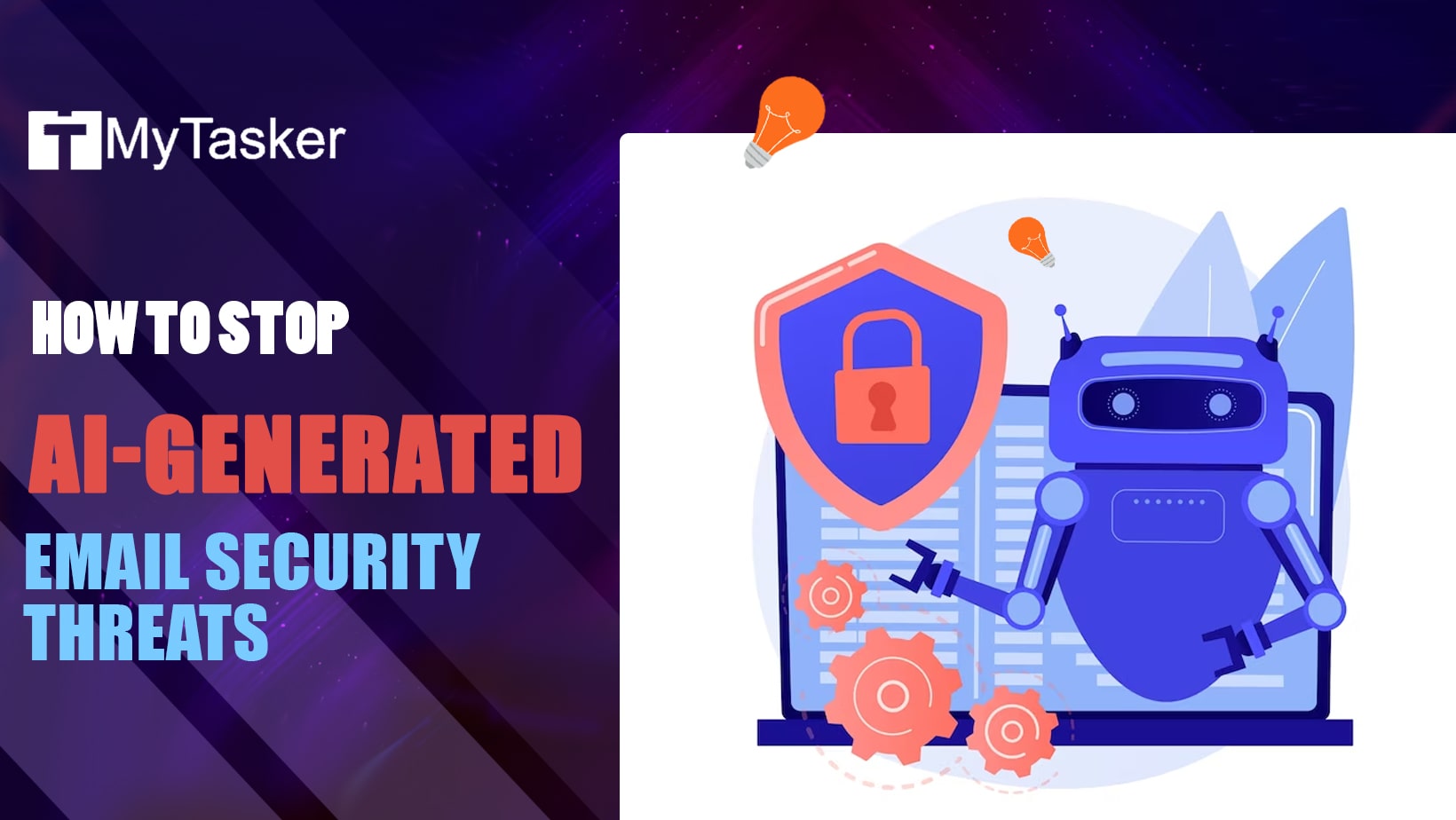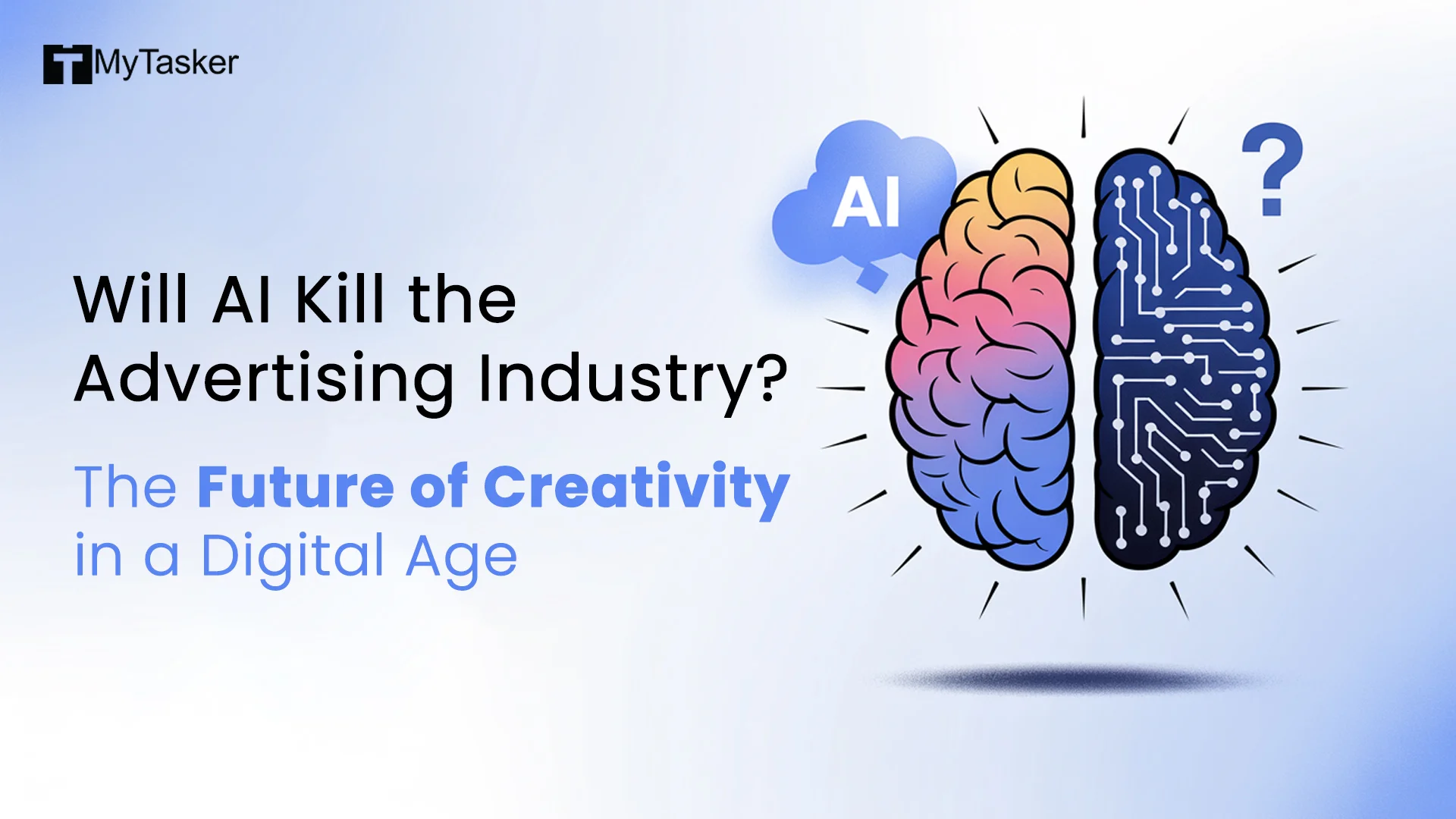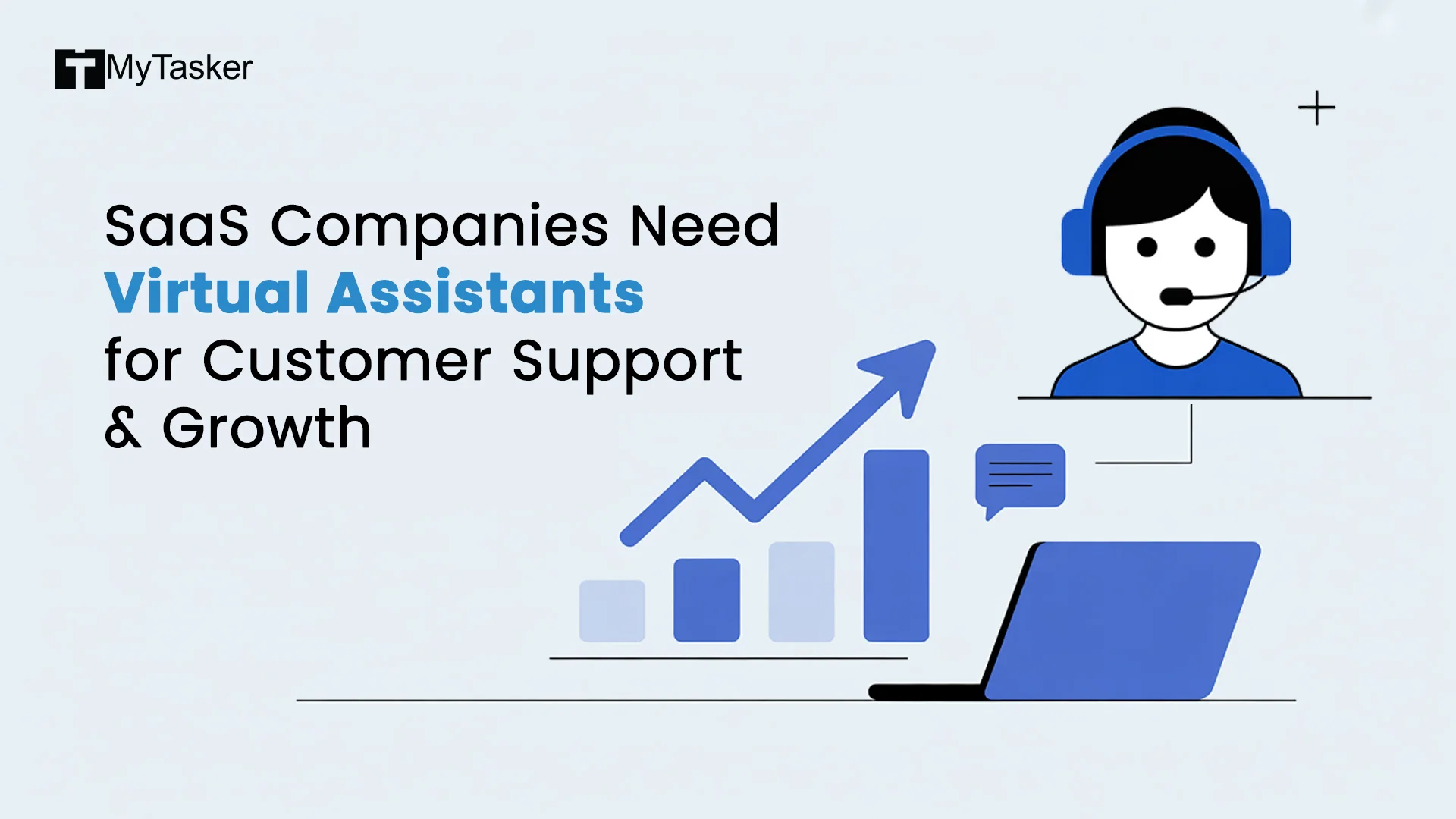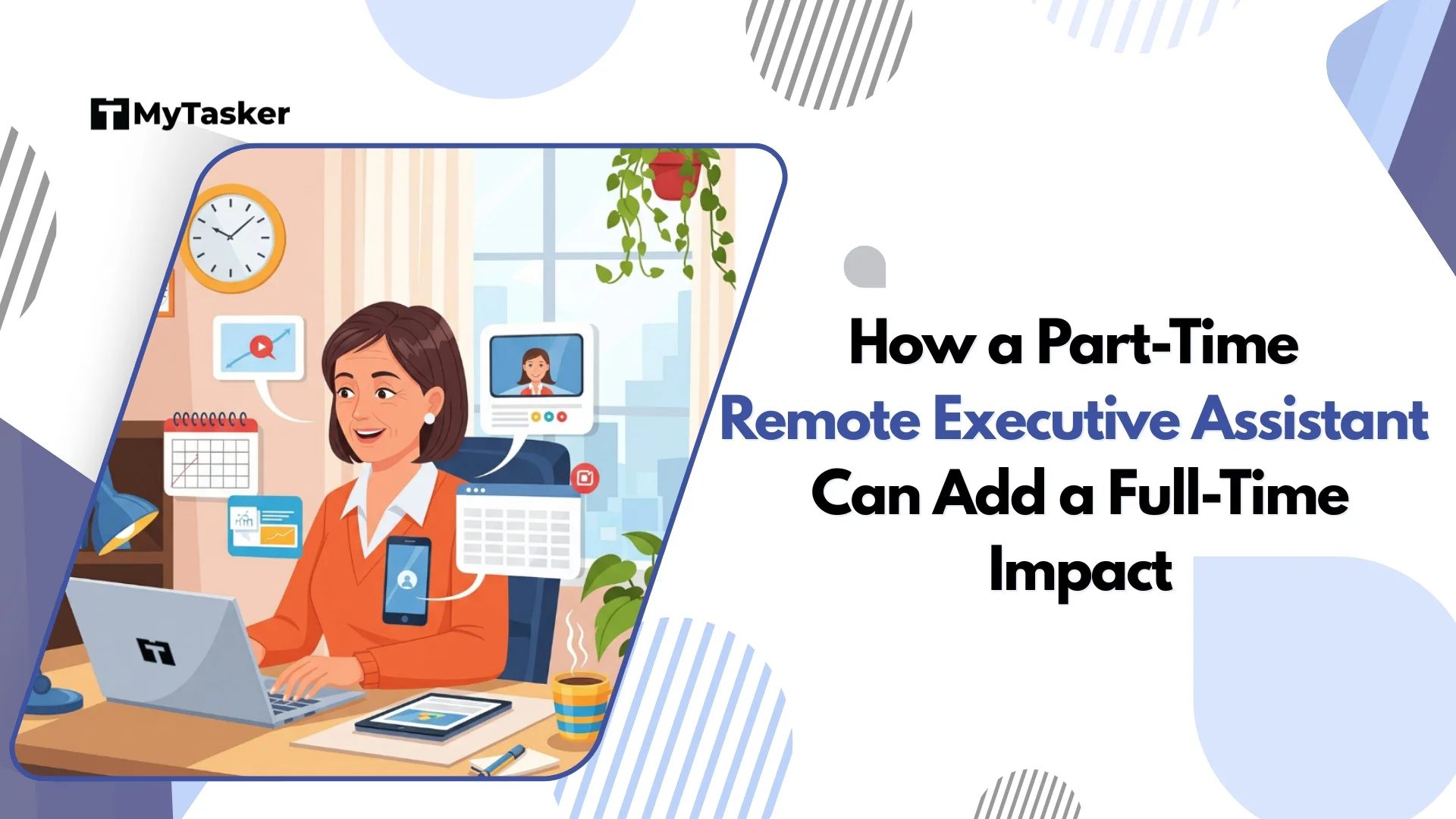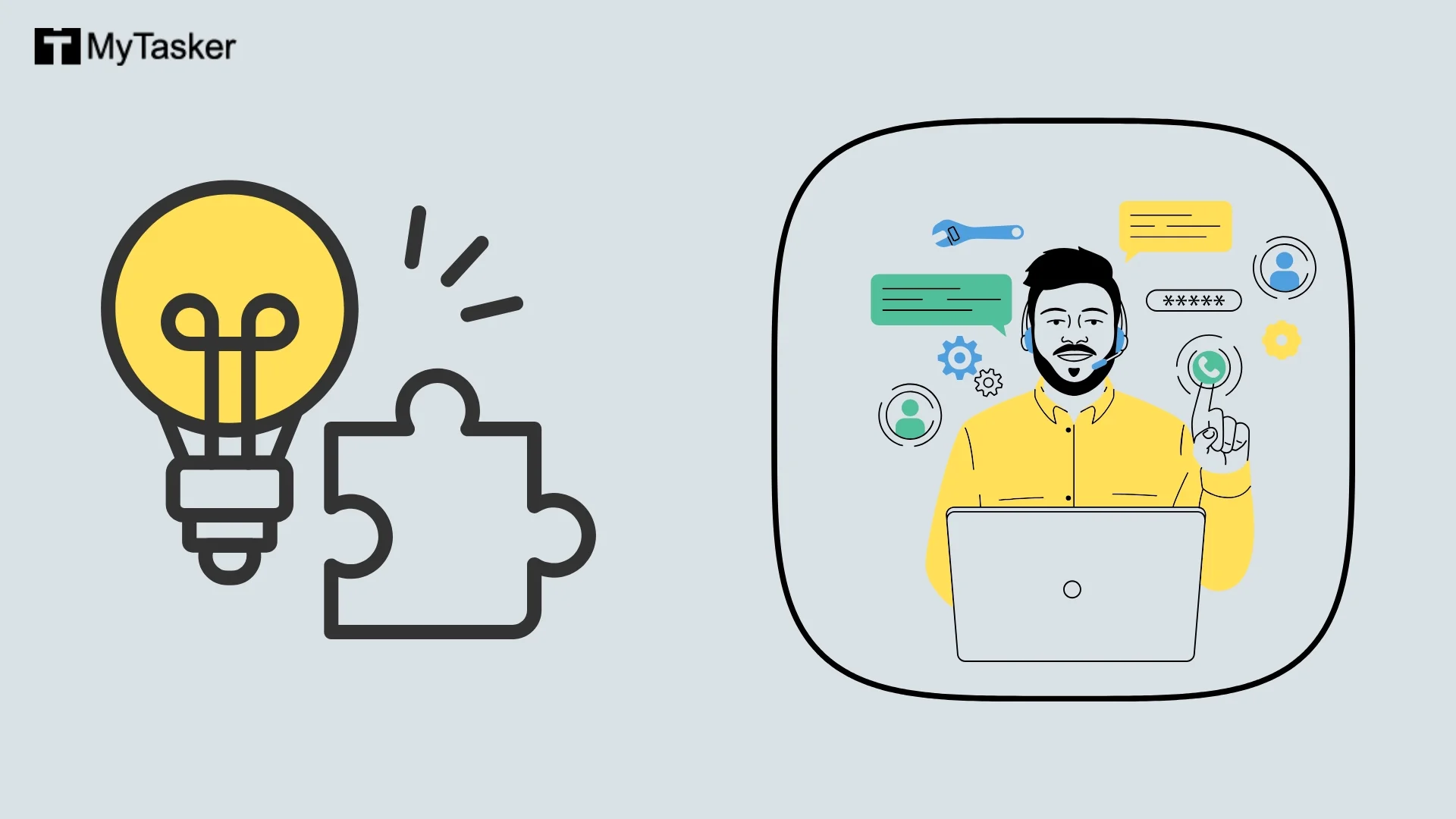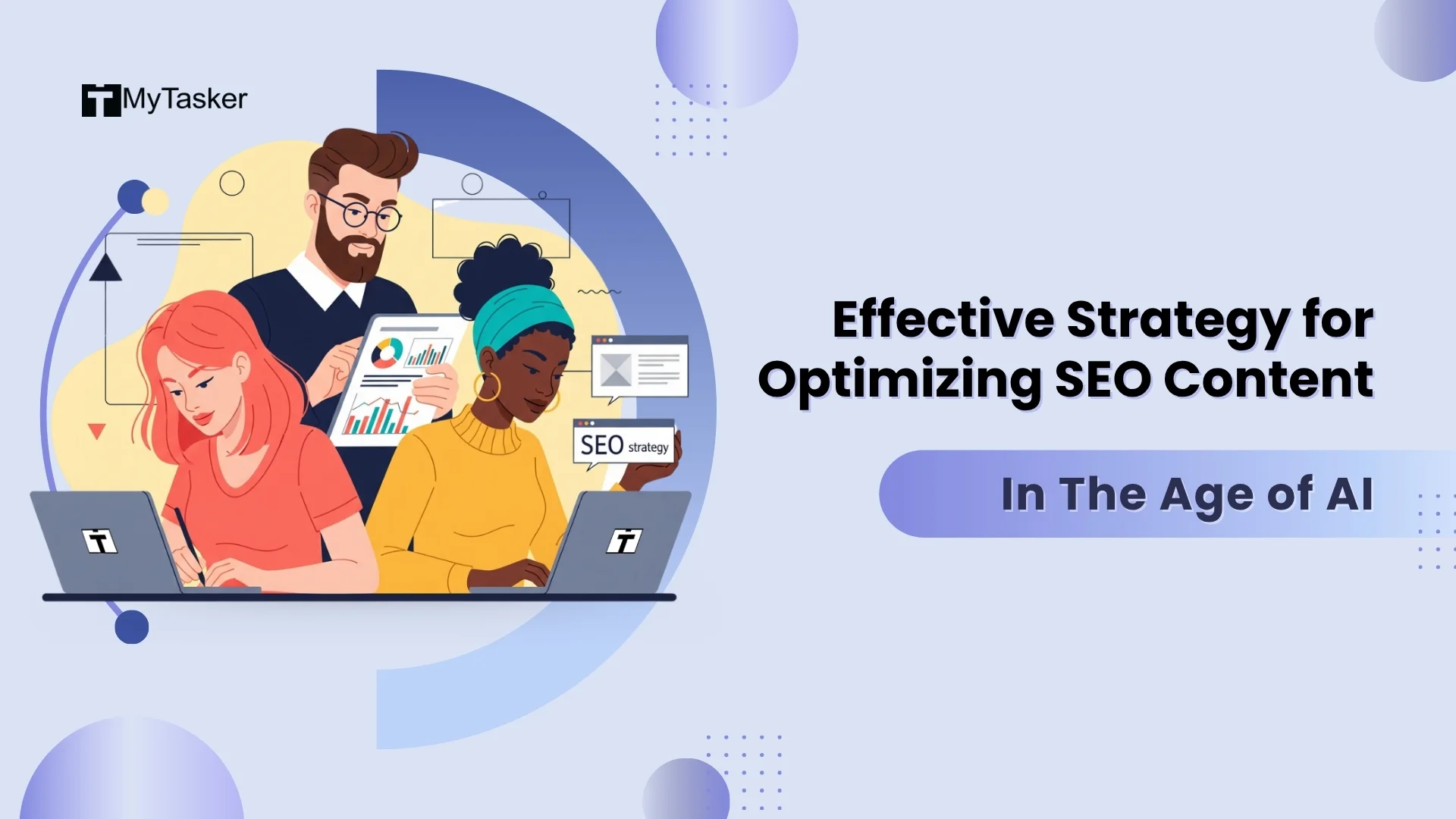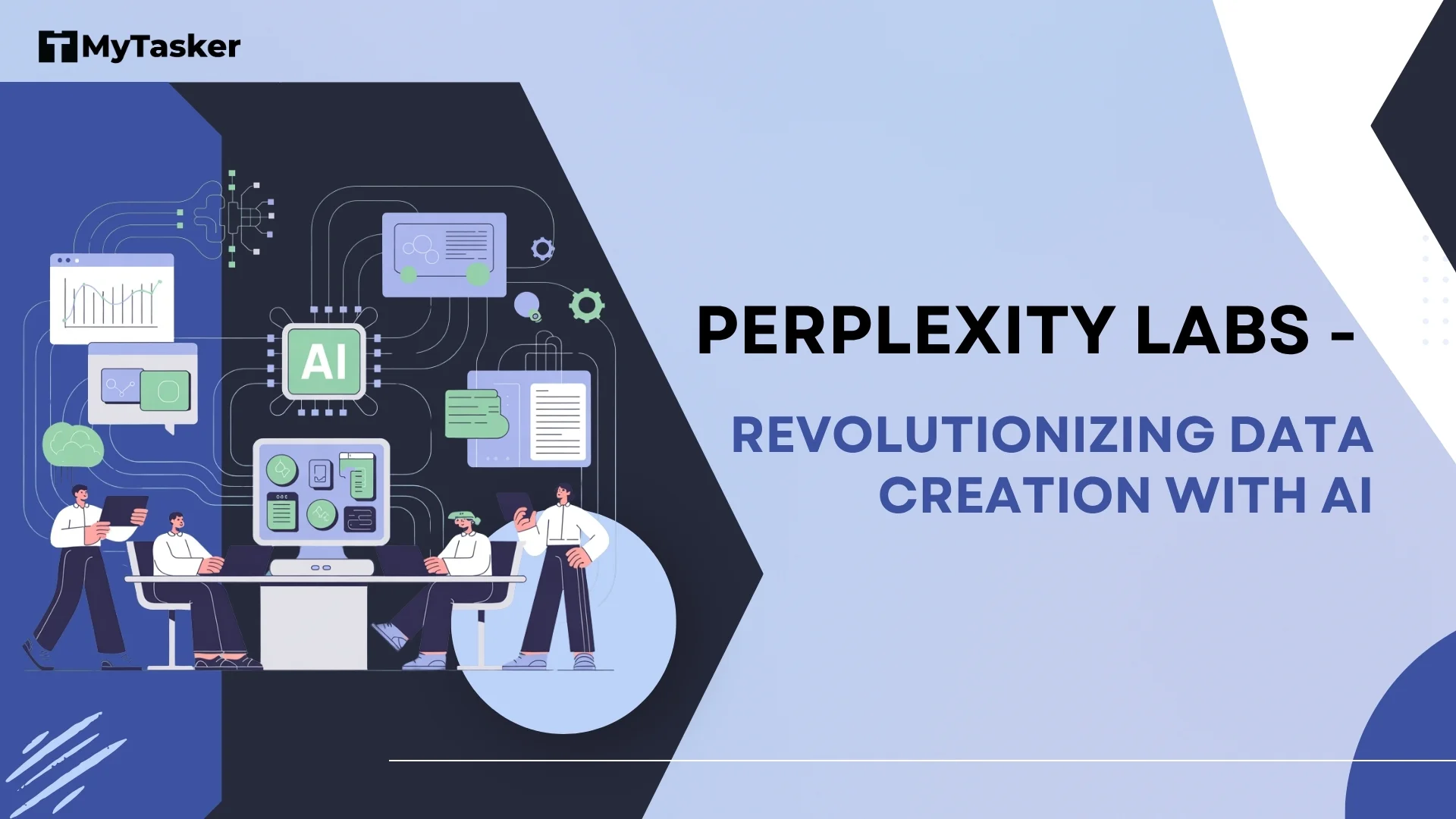Artificial intelligence (AI) is used when Google autocompletes a search query, Amazon suggests a product based on purchasing preferences, or Tesla autopilot decides where to go. Due to the development of generative AI, such as Bard, Dall-E, and ChatGPT, what was previously accessible to software programmers is now easily available to everyone.
Unfortunately, this includes scammers, extortionists, fraudsters, and hackers as well.
AI's Application In Phishing
Today, fraud and scams have almost become usual aspects of the digital world. Businesses in the United States lost over $10 billion in 2022 alone as a result of criminals using phishing, wire fraud, business email breaches, and ransomware to deceive, mislead, and take advantage of their victims.
Now for the frightening part -
There are increasing reports that indicate con artists are employing AI to create voice clones, pose as real individuals, and conduct extremely specific phishing attacks. Recently in China, a hacker used AI to generate a deepfake, impersonated the victim's acquaintance, and then persuaded the victim to send money through a video chat.
Another instance is the crypto exchange For instance, at one point in time, Binance, found that con artists were abusing its client identification/verification (KYC) procedures by deploying deepfakes.
Furthermore, AI isn't just employed in phishing and impersonation schemes. AI is currently used to develop malware, locate targets and weaknesses, disseminate false information, and execute attacks with a high level of intelligence.
So, it’s imperative to learn how you can beat the rise of AI-generated online threats, especially when it comes to one of the most used professional modes of communication, which is email!
Recognize the Threat
Understanding where we are in the history of machine learning (ML) as a hacking technique can help a leader in charge of cybersecurity get a leg up on the competition.
Today, content production has become the most significant area of importance for AI in cybersecurity. Machine learning is advancing at lightning speed in this area, and it works well with hacking vectors like phishing and harmful chatbots.
Research shows that the safety nets designed to prevent AI tools from being exploited for illicit purposes are unreliable and therefore, we must acknowledge that AI is highly capable of creating useful content which will continue to improve.
LLM tools will advance, becoming more accessible to hackers, and more advanced techniques will be developed for them. This implies now is the perfect time to consider and take action that tightens your business’s security policies.
Additionally, we should expect that phishing information will become better targeted, and more able to include characteristics about location, time, and activities. No longer individuals will be able to depend on apparent indicators that put the stamp of ‘Spam’ on suspicious emails.
With the use of content generation tools, images, sounds, and even video that could be falsified, you should always take the necessary caution every time an unusual email drops in. Go for remote IT support to recognize the threat effectively.
Machine Learning-Assisted Hacking Tools
AI-based email phishing scams and other attacks can be stopped using machine learning (ML).
However, it’s important to remember that the capabilities of next-generation artificial intelligence (AI), including cutting-edge paradigms like natural language processing (NLP) or voice-to-text and speech recognition, are now being used by hackers to improve their attack capabilities.
Several of these voice phishing and SMS text phishing attempts direct victims to a website where their passwords and email credentials are harvested.
Social engineering attacks, spear-phishing emails, vishing, and smishing can become increasingly harder to identify and prevent with the rise of these advanced technologies. So, you always need to stay upgraded and updated when trying to implement email security best practices and solutions. You may also hire IT support specialists to identify the threats and deal with them effectively.
Why Companies Need A Multi-Layered Security Approach?
Since human behavior is often predictable, it is far simpler to take advantage of human vices, behavior, habits, and choices.
Even if a hacker puts in the time and effort to create the most effective malware, they still need a way inside to an individual’s headspace, which is where phishing comes in.
Thus the question remains, “How can businesses protect themselves from the rising threat of AI?”
The solution lies in implementing a multi-layered security strategy, that goes above and beyond conventional cybersecurity safeguards to take the human element into account.
These are some of the components of such a strategy:
A Human Firewall
Employees can operate as human firewalls to prevent AI email attacks.
They can do this by operating as a defensive layer that can recognize, block, and report dangerous actions in their early phases if they are educated adequately to acquire a security sense.
Organizations must regularly administer phishing tests to employees in order to teach them to spot visual cues like distortions in images and video, strange head and torso movements, and sync problems between video and audio.
According to studies, people who participate in more security training programs exhibit greater levels of caution against both manually and artificially sent emails.
AI-Based Security Technology
Consider every new piece of machinery, employee, piece of hardware, piece of software, and piece of application as a potential opportunity for cybercriminals to breach systems. In due course, attackers will use AI to increase the scope, frequency, and effectiveness of cyberattacks and frauds. This is why you need to be highly vigilant simply because the pace of hackers is too fast for security forces to keep up with.
Organizations must use cutting-edge security tools that use AI to examine the text, context, and metadata of all emails, messages, and URLs. Security teams, for instance, can employ AI to stop AI-powered phishing attempts that make use of visually similar URLs. AI can also assist in the analysis of a high volume of security warnings or signals, lowering the incidence of false positives.
AI can be programmed by security professionals to carry out incident response tasks including disconnecting networks, isolating infected devices, alerting security teams, gathering evidence, and recovering data from backups.
The crux is that AI is a double-edged sword - if it can be used to hack you, you can develop and design AI intelligently to prevent you from hacking as well.
Higher-Quality & Upgraded Authentication
Businesses can stop hackers from stealing identities and impersonating workers by putting in place an authentication system that neither a human opponent nor an AI can socially engineer.
The phishing-resistant MFA that saves security keys and credentials in FIDO2 authenticators and hardware as opposed to conventional one-time passwords and SMS authentication codes is the sort of authentication method that CISA advises employing.
Phishing-resistant multi-factor authentication significantly lowers the danger of AI social engineering attacks by removing humans from the equation.
Policies and Procedures for AI
It's crucial to provide staff with straightforward and lucid AI guidance and there are no two ways about it.
Employees who work for a company that utilizes AI must be aware of what it does, why it's utilized, and the precautions that need to be taken to prevent it from having negative effects.
Employees who often use AI shouldn't enter confidential or sensitive data into the primary systems. A Samsung employee is said to have given ChatGPT access to confidential code, which led to a data breach.
It is paramount that you explain to your employees that they must notify security personnel right away once they come across any instances of deep-phishing, impersonation, or information manipulation.
Considering AIOps Platforms
AIOps or Artificial intelligence operations run AI algorithms through several emails that have been flagged as malicious URLs, spam, or a prior phishing attempt. This is accomplished by combining routine network checks, application traffic analysis, and recognized bad trends. Other business operations like SecOps, DevOps, and NetSecops can get insight into potential Artificial intelligence email risks from threats where people target their assets (thanks to AIOps' machine learning capabilities). The main goal of this platform is to safeguard consumers against upcoming online dangers.
The use of AIOps to defend enterprises against cyberattacks is extremely promising.
However, hackers take great care to preemptively alter adaptive security systems, particularly those enabled by AI, on their targets. Cybercriminals will target AI systems by tampering with the data streams that go into these engines. Strong, AI-based solutions are even more necessary given the potential for significant distortion in the final output of AI into ML.
Focus on Providing Training on Security Awareness
Companies continue to emphasize cybersecurity knowledge as a crucial adaptive control, teaching people how to spot and respond to smishing, phishing emails, vishing attacks, and spot insider risks.
Vishing attacks frequently direct visitors to a website that is under the control of hackers. They entice the victim to enter their internet credentials. The victim is lured to the fraudulent site via social engineering and impersonation in this strategy. Similar to vishing, smishing connects with targets using the SMS channel. Phishers will include a URL in SMS messages that encourages their targets to click. The malicious URL will direct the victim to a site that does credential harvesting, or a vishing attack.
For further follow-up communications with their targets, vishing and smishing attacks employ the email communication channel. If the victims had already spoken with the imposter on the phone or over SMS text, they are less likely to doubt the email source.
Give People A Simple Way to Report Phishing
Preventing AI-enabled attacks will be simpler with an advanced alert system. Recognizing AI campaigns as they develop is crucial since they can be more effectively mass-produced. This allows you to rapidly alert employees and offer vital data for anti-phishing technologies, AI email threat detection, and prevention models.
Make sure the system gathers as much data as possible in addition to making it simple to submit a report .
For example, an email's headers and other metadata can be captured by forwarding it to a reporting address. Similarly, phishing websites and other online scams can be reported using a portal with a straightforward form.
The adoption of DMARC (domain-based message authentication, reporting, and compliance) regulations is being pushed forcibly by governments, particularly CISA, which offers a variety of suggestions like these.
The phishing report is an integral component of any strong security infrastructure. Moreover, efficient reporting becomes even more crucial in the context of AI campaigns due to attackers' improved capacity to scale spear-phishing style attacks (attacks that incorporate details from within the organization by automating, gathering, and incorporating such information).
Testing phishing detection and reporting systems should pay particular attention to these set of issues.
Summary: The Strength of Partnership
Organizations must adapt and develop their defenses as AI continues to influence the email security environment.
For successful threat mitigation, AI-powered email security software that uses predictive analytics, machine learning, and user behavior analytics must be integrated. Organizations can confidently traverse the complex AI age of email security risks by following email best practices, applying them, and adopting AI-driven solutions.
By using our technology and collaborating with an innovative email security solutions provider like MyTasker, you can grow cybersecurity AI technologies within your organization while making your mailbox highly sanitized from the prying world of hackers. Contact our small business IT support today to get the full brief of how we keep ourselves updated with all AI tools, cybersecurity measures, and the way we can make your systems more hygienic and safeguarded in the volatile online space.
MyTasker be your first line of defense against AI-powered cyber threats.



